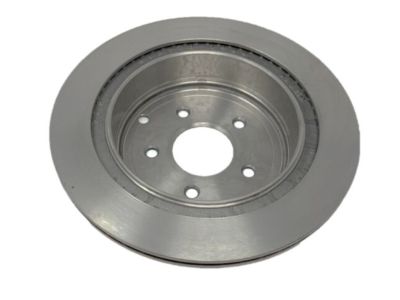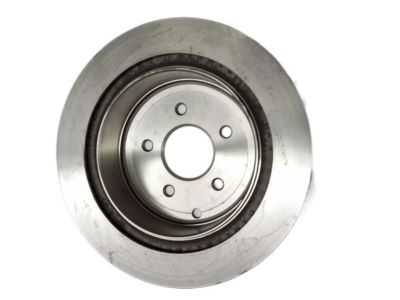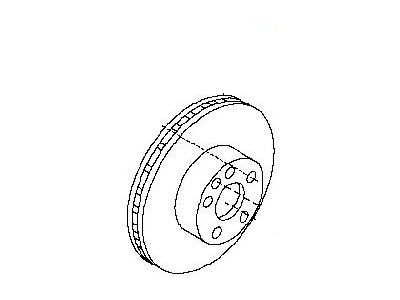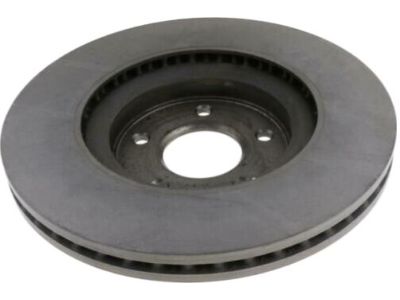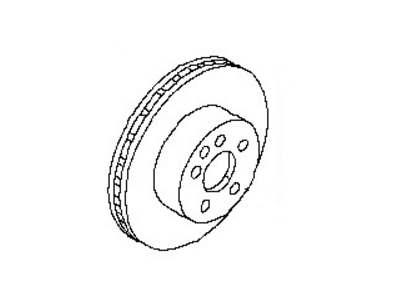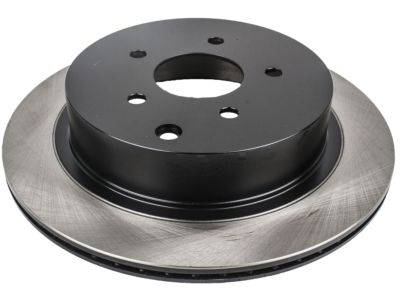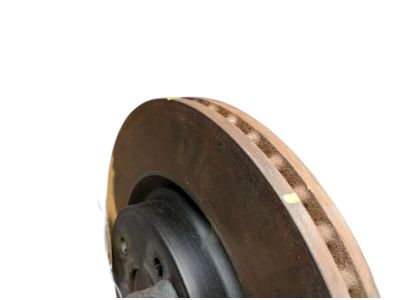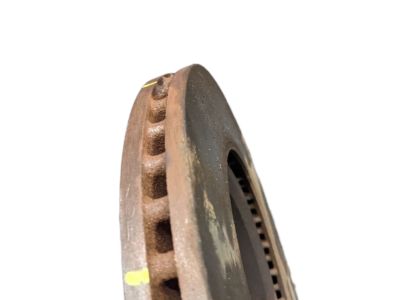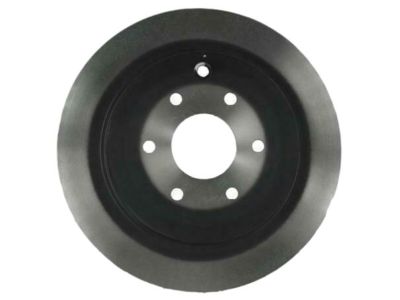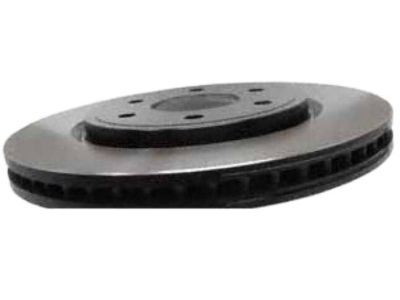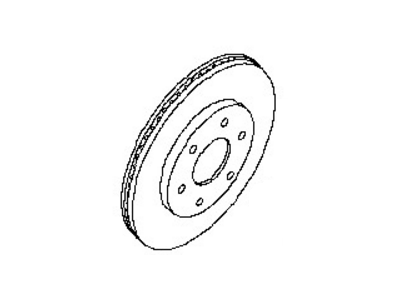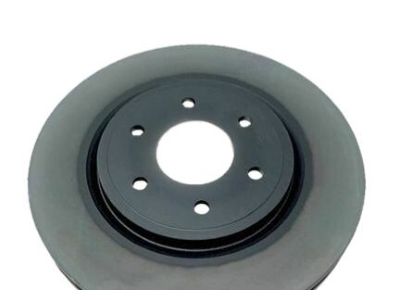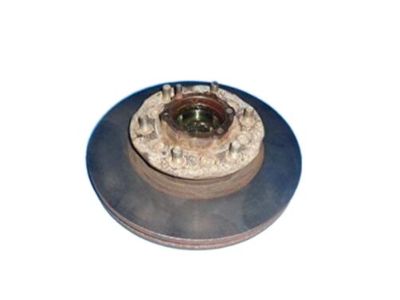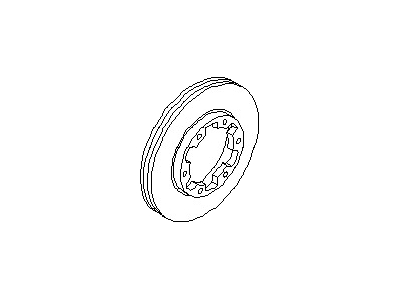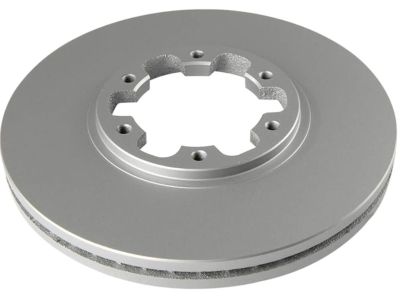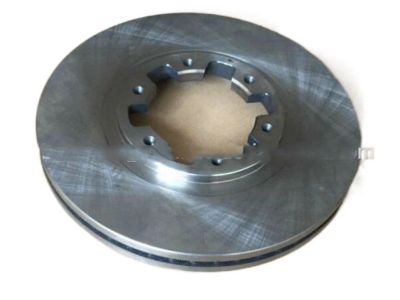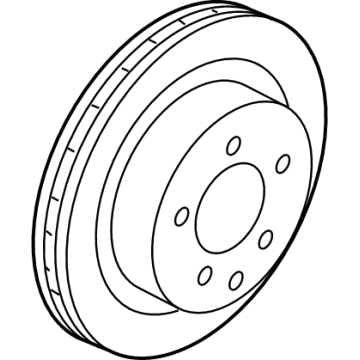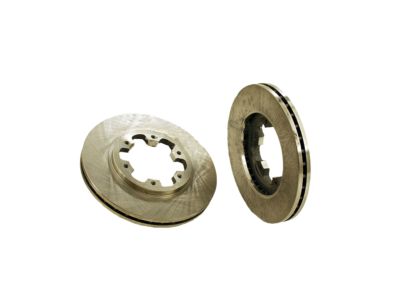×
- Hello
- Login or Register
- Quick Links
- Live Chat
- Track Order
- Parts Availability
- RMA
- Help Center
- Contact Us
- Shop for
- Nissan Parts
- Nissan Accessories

My Garage
My Account
Cart
Genuine Nissan Pathfinder Brake Disc
Disc Rotor- Select Vehicle by Model
- Select Vehicle by VIN
Select Vehicle by Model
orMake
Model
Year
Select Vehicle by VIN
For the most accurate results, select vehicle by your VIN (Vehicle Identification Number).
17 Brake Discs found

Nissan Pathfinder Rotor-Disc Brake,Rear
Part Number: 43206-CK000$88.47 MSRP: $128.13You Save: $39.66 (31%)Ships in 1-2 Business Days
Nissan Pathfinder Rotor-Disc Brake,Front
Part Number: 40206-3JA0A$87.23 MSRP: $126.33You Save: $39.10 (31%)Ships in 1-3 Business Days
Nissan Pathfinder Rotor Brake
Part Number: 43206-3JA0A$88.47 MSRP: $128.13You Save: $39.66 (31%)Ships in 1-2 Business Days
Nissan Pathfinder Rotor Disc Brake Front
Part Number: 40206-3JA0C$88.47 MSRP: $128.13You Save: $39.66 (31%)Ships in 1-3 Business Days
Nissan Pathfinder Rotor-Disc Brake,Rear
Part Number: 43206-EA000$82.86 MSRP: $120.00You Save: $37.14 (31%)Ships in 1-2 Business Days
Nissan Pathfinder Rotor Disc Brake Front
Part Number: 40206-EA00A$88.47 MSRP: $128.13You Save: $39.66 (31%)Ships in 1-3 Business Days
Nissan Pathfinder Rotor Disc Brake Front
Part Number: 40206-9BE0A$88.47 MSRP: $128.13You Save: $39.66 (31%)Ships in 1-3 Business Days
Nissan Pathfinder Rotor-Disc Brake,Front
Part Number: 40206-6W500$82.86 MSRP: $120.00You Save: $37.14 (31%)Ships in 1-2 Business Days
Nissan Pathfinder Rotor-Disc Brake,Front
Part Number: 40206-1W600$82.86 MSRP: $120.00You Save: $37.14 (31%)Ships in 1-3 Business DaysNissan Pathfinder Rotor-Disc Brake,Rear Axle
Part Number: 43206-6SA0A$88.47 MSRP: $128.13You Save: $39.66 (31%)Ships in 1-3 Business DaysNissan Pathfinder Rotor-Disc Brake,Front
Part Number: 40206-6SA0A$66.66 MSRP: $96.53You Save: $29.87 (31%)Ships in 1-3 Business DaysNissan Pathfinder Rotor Disc Brake Front
Part Number: 40206-9CE0B$91.00 MSRP: $123.00You Save: $32.00 (27%)Ships in 1-3 Business DaysNissan Pathfinder Rotor-Disc Brake,Front
Part Number: 40206-ZS60A$91.00 MSRP: $123.00You Save: $32.00 (27%)Ships in 1-3 Business Days
Nissan Pathfinder Brake Disc
If you need any OEM Nissan Pathfinder Brake Disc, feel free to choose them out of our huge selection of genuine Nissan Pathfinder Brake Disc. All our parts are offered at unbeatable prices and are supported by the manufacturer's warranty. In addition, we offer quick shipping to have your parts delivered to your door step in a matter of days.
Nissan Pathfinder Brake Disc Parts Questions & Experts Answers
- Q: How to inspect and replace the brake discs on Nissan Pathfinder's front brake system?A:Loosen the wheel lug nuts, raise the front of the vehicle and support it securely on jackstands. Apply the parking brake. Remove the wheel. Remove the Brake Caliper (but don't disconnect the Brake Line or hose from the caliper) and suspend it out of the way with a piece of wire. Visually inspect the disc surface for score marks and other damage. To check disc run out, place a dial indicator at a point about 1/2-inch from the outer edge of the disc. Set the indicator to zero and turn the disc. The indicator reading should not exceed the allowable run out. If it does, the disc should be refinished by an automotive machine shop. Be sure to check both sides of the disc. The disc must not be machined to a thickness less than the specified minimum thickness, which is cast into the disc. Measure disc thickness with a micrometer. Remove the brake caliper, brake pads and the caliper mounting bracket. The disc is bolted to the backside of the hub. Disc/hub removal and installation is part of the front wheel bearing repack and adjustment procedure. Once the disc/hub assembly has been removed, unscrew the disc-to-hub bolts and separate the two components. While the disc/hub assembly is removed, clean, inspect and repack the wheel bearings. When bolting the disc to the hub, tighten the bolts to the torque. Install the disc/hub assembly and adjust the wheel bearings. Install the caliper mounting bracket and tighten the bolts to the torque. Install the brake pads and the caliper. Install the wheels and lug nuts. Lower the vehicle and tighten the lug nuts to the torque. Before driving the vehicle, pump the brake pedal several times to bring the pads into contact with the disc.
Related Nissan Pathfinder Parts
Browse by Year
2024 Brake Disc 2023 Brake Disc 2022 Brake Disc 2020 Brake Disc 2019 Brake Disc 2018 Brake Disc 2017 Brake Disc 2016 Brake Disc 2015 Brake Disc 2014 Brake Disc 2013 Brake Disc 2012 Brake Disc 2011 Brake Disc 2010 Brake Disc 2009 Brake Disc 2008 Brake Disc 2007 Brake Disc 2006 Brake Disc 2005 Brake Disc 2004 Brake Disc 2003 Brake Disc 2002 Brake Disc 2001 Brake Disc 2000 Brake Disc 1999 Brake Disc 1998 Brake Disc 1997 Brake Disc 1996 Brake Disc 1995 Brake Disc 1994 Brake Disc 1993 Brake Disc 1992 Brake Disc 1991 Brake Disc 1990 Brake Disc 1989 Brake Disc 1988 Brake Disc 1987 Brake Disc

